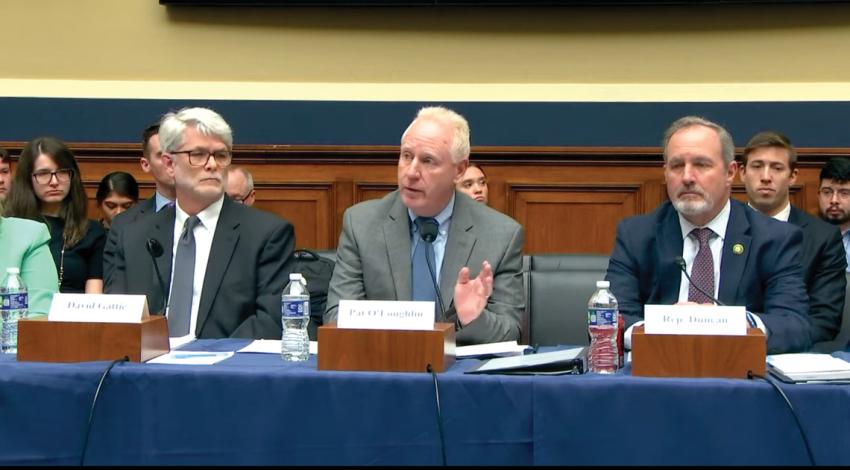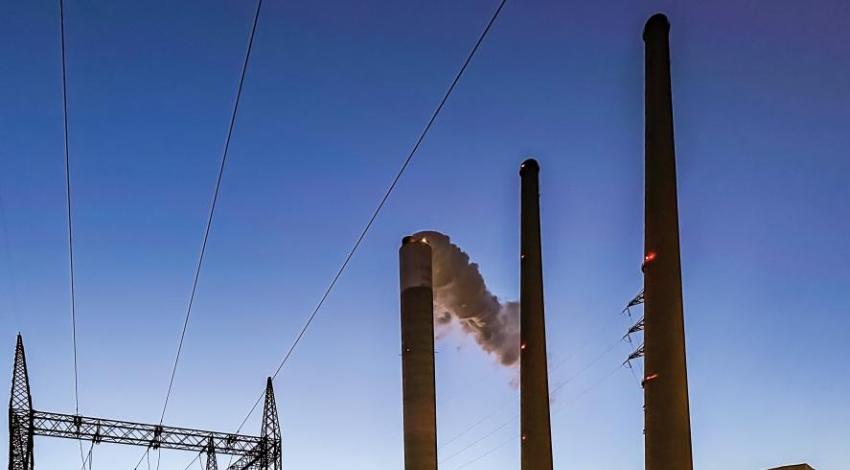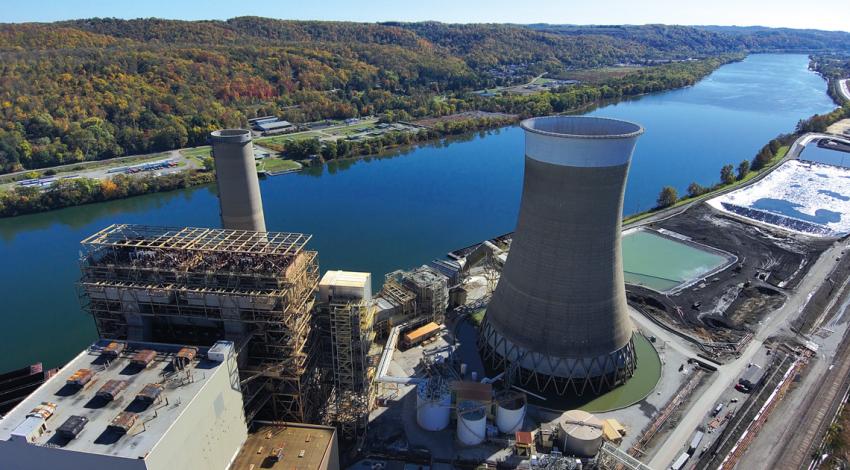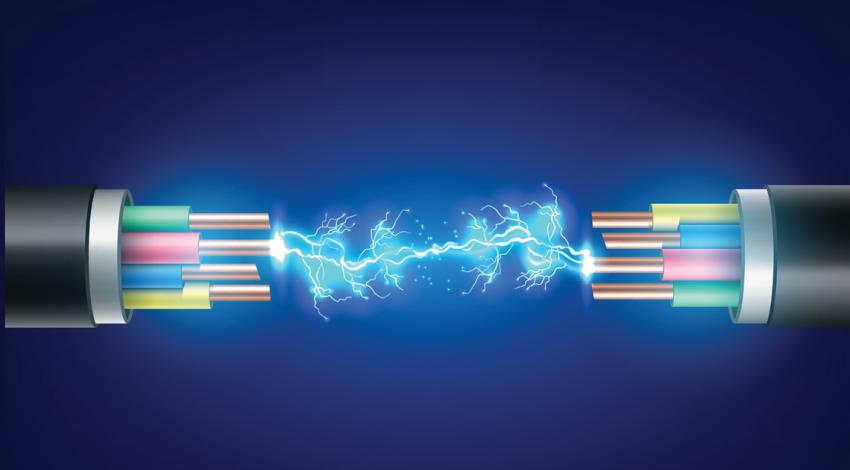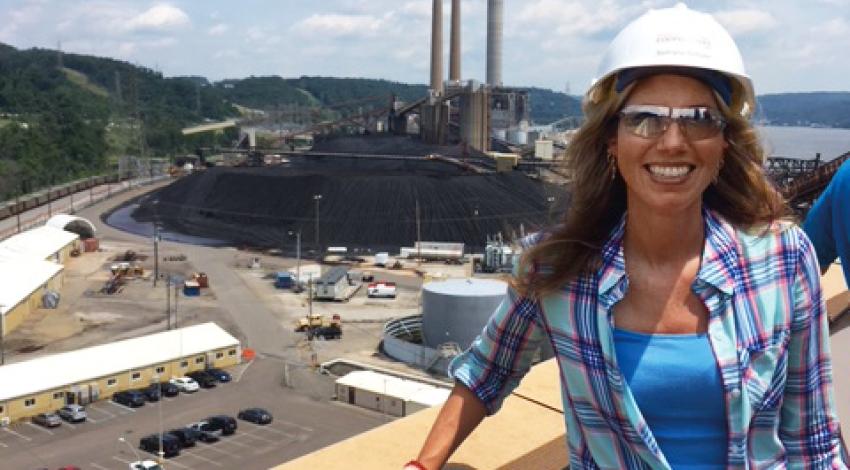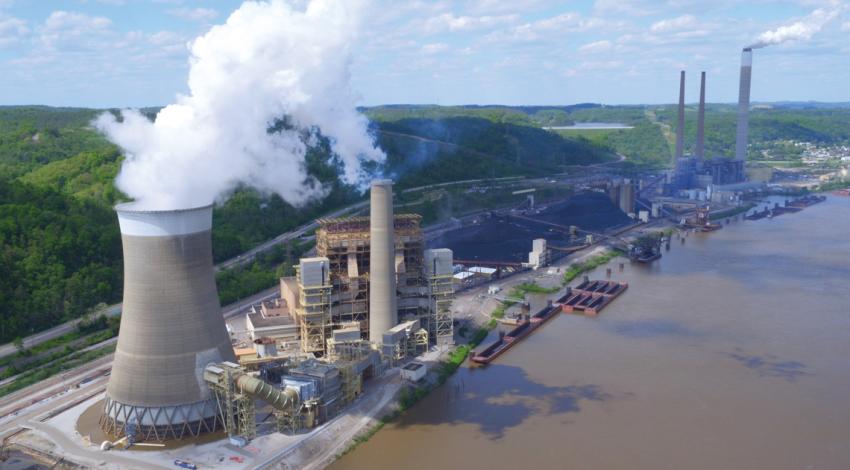Last February, WKYC-TV in Cincinnati had a warning for its viewers: “Get ready, Ohio: Your energy bill will be higher this summer.”
If you watch, read, or listen to news outlets in Ohio, you’ve been bombarded for most of the past year about skyrocketing electricity rates. For most consumers, whether customers of an investor-owned utility or members of an electric cooperative, those stories likely were difficult to process.


